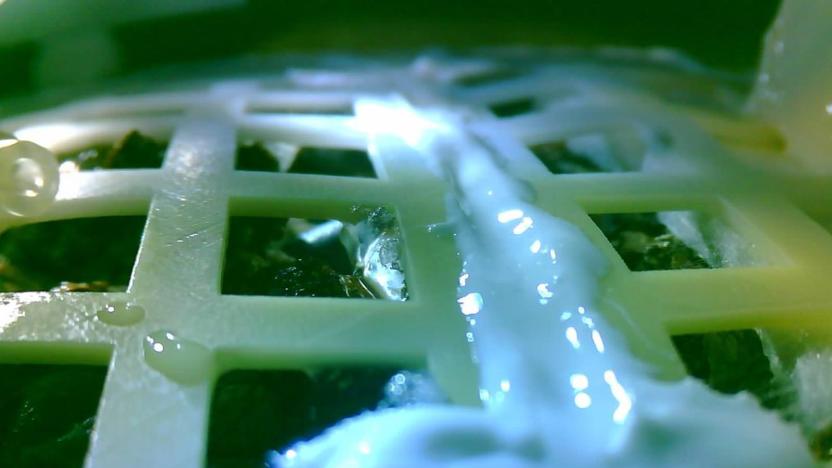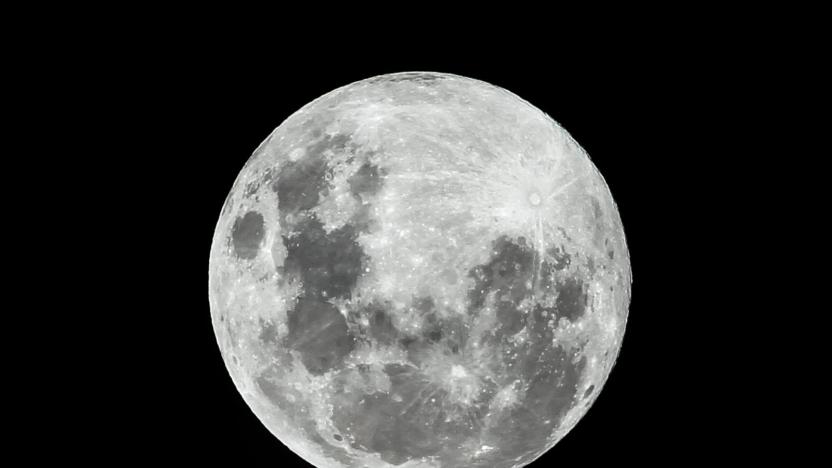change4
Latest

China’s rover finds mysterious minerals on the far side of the moon
Early this year, China's Chang'e-4 lunar lander made history when it became the first spacecraft to touch down on the far side of the moon. Now, according to a study published in Nature, the lander's rover, Yutu-2, may have detected the first signs of lunar mantle material. If the minerals it found prove to be part of the moon's mantle, the discovery could help scientists better understand how both the moon and the Earth formed.
Christine Fisher05.17.2019
China grows the first plants on the Moon
The greenery you see in the soil above might not look like much, but it represents a big step in space exploration. Cotton seeds brought to the Moon aboard China's Chang'e-4 mission have sprouted, marking the first time plants have grown on the lunar surface. They're not in contact with the lunar surface, as you might imagine. The cotton, potato seeds, yeast and fruit fly eggs are instead tucked inside a sealed, self-sustained biosphere that provides the necessary climate and nourishment.
Jon Fingas01.15.2019
China's Chang'e-4 touches down on the far side of the moon (update: first pics)
Chinese media announced that the nation's Chang'e-4 lunar lander has successfully reached the far side of the moon, making it the first spacecraft to do so. This is China's recent lunar mission, following Jade Rabbit in 2013, but by touching the side of the moon that's always facing away from the Earth, it has notched a first in the space race.
Richard Lawler01.02.2019
China’s Chang’e-4 lander and rover head to the far side of the moon
China launched its Chang'e-4 rover and lander today, which if all goes well, will land on the far side of the moon in the coming weeks. It will be the first surface mission to land on that side of the moon, which can't be seen from Earth. While China hasn't shared a lot of information about the mission, a study published earlier this year has given us a look at what's likely in store, and if successful, the mission will help us understand this little-studied side of the moon and provide insight into some of the differences known to exist between the two sides.
Mallory Locklear12.07.2018
China plans to visit the dark side of the moon in 2018
The dark side of the moon hasn't been extensively explored by humans yet (hence the name), and China aims to do so in 2018. The country's State Administration of Science, Technology and Industry for National Defense (SASTIND) announced plans Thursday that include landing the first probe in the area. That spacecraft, the Chang'e-4, is similar to the Chang'e-3 that delivered the Jade Rabbit rover to the moon in 2013, but carries a larger payload. In early 2014, the rover was no longer able to move despite its instruments still functioning.
Billy Steele01.15.2016